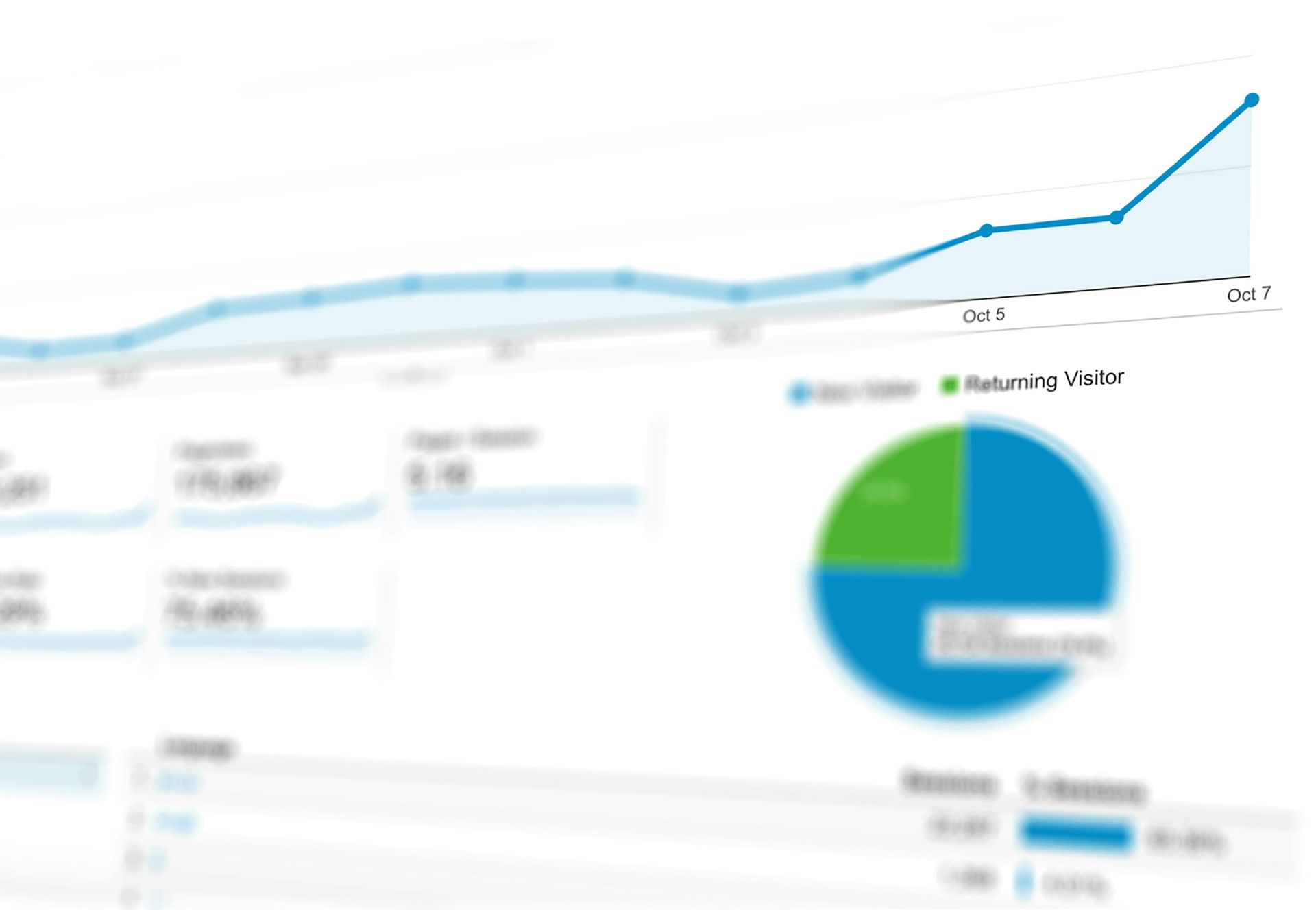Leaked Google Search API Documents - A Few Takeways
On May 5th, Rand Fishkin received an email from an anonymous source claiming to have access to over 2,500 pages of leaked Google Search API documentation containing 14,014 attributes from Google's internal "Content API Warehouse." The leak purportedly reveals internal operations of Google's search algorithms that contradict the company's public statements over the years.
Key Claims from the Leak:
Use of Clickstream Data:
- Google allegedly uses extensive clickstream data from users to improve search result quality.
- A system called "NavBoost" collects data on user clicks, long vs. short clicks, and search demand trends.
- NavBoost initially gathered data from Google's Toolbar PageRank and later from the Chrome browser to enhance data collection.
Influence of User Engagement Signals:
- User behavior, such as clicks and engagement on search results, directly affects rankings.
- The length of user clicks (time spent on a page before returning to search results) is used to assess page quality.
- Queries are scored based on user intent, and frequent engagement with certain types of content can influence the inclusion of specific features (e.g., video or image results).
Link Evaluation Based on Click Data:
- Google categorizes links into different quality tiers (low, medium, high) based on user engagement data.
- Links from pages with high user engagement are given more weight in rankings.
- Links from low-engagement pages are ignored rather than penalized.
Whitelisting and Content Control:
- Google employs whitelists for specific topics, such as COVID-19 and democratic elections, to control which websites appear prominently in search results.
- This is intended to ensure authoritative and reliable information is provided for sensitive or critical queries.
Quality Rater Feedback Integration:
- Feedback from Google's quality raters (via a platform called EWOK) is used in the search ranking system.
- Human evaluations contribute to assessing site quality and relevance.
Contradictions to Public Statements:
- The leak suggests that Google uses factors in its ranking algorithms that it has publicly denied, such as the use of click-centric user signals, consideration of domain age, and separate treatment of subdomains.
Verification Efforts:
- Rand Fishkin sought verification from ex-Google employees and technical SEO experts like Mike King.
- Multiple ex-Googlers indicated that the leaked documents appear authentic.
- Mike King conducted an in-depth analysis, confirming the legitimacy of the leak and its implications for SEO.
Without getting technical, here are some of our actionable items from the leaked Google Search API documents.
Brand Authority is Paramount:
- Build a Strong Brand: Google's algorithms heavily favor well-known, reputable brands. Investing in brand recognition outside of Google Search can significantly improve your organic rankings.
- Navigational Demand: Increase direct searches for your brand. When users specifically search for your brand and engage with your site, it sends strong positive signals to Google.
User Behavior Signals Influence Rankings:
- Click-Through Rates (CTR): Higher CTRs on your search listings can boost rankings. Craft compelling titles and meta descriptions to encourage clicks.
- Dwell Time and Bounce Rates: Long clicks (users spending more time on your site) are positive signals. Ensure your content is engaging and meets user intent to keep visitors on your site longer.
- Pogo-Sticking: Minimize instances where users return to search results quickly after visiting your site. This can be achieved by providing valuable, relevant content that satisfies the user's query.
Leverage User Engagement Data:
- Chrome Browser Data Utilization: Google uses clickstream data from Chrome users. Enhancing user engagement across your site can contribute to better rankings.
- Holistic User Experience: Focus on overall site usability, including site speed, mobile optimization, and intuitive navigation, to improve user satisfaction.
Content Quality Over Quantity:
- High-Quality, Relevant Content: Create content that aligns closely with user intent and needs. Quality is favored over sheer volume.
- Avoid Over-Optimization: Excessive keyword usage or manipulative tactics are less effective. Natural, user-focused content is key.
Link Building is Evolving:
- Quality Over Quantity in Backlinks: Links from sites with high user engagement and credibility carry more weight.
- User Interaction with Linking Pages: Backlinks from pages that receive substantial user clicks and engagement are more valuable.
- Low-Quality Links are Ignored: Links from low-engagement or spammy sites may be disregarded, neither helping nor harming your rankings.
Adapt to Geo-Targeting and Personalization:
- Localized SEO Strategies: Google's algorithms consider geo-specific data. Optimize your content for local search when applicable.
- Personalized Results Based on User Data: Be aware that users may see different results based on their search history and behavior.
Whitelisting and Sensitive Content Handling:
- Authoritative Content for Sensitive Topics: For areas like health, politics, or crises, ensure your content is authoritative and trustworthy, as Google may employ stricter measures.
- E-E-A-T (Experience, Expertise, Authoritativeness, Trustworthiness): While its direct impact may be less than assumed, establishing credibility remains important, especially in YMYL (Your Money or Your Life) niches.
Quality Rater Guidelines Matter:
- Align with Quality Standards: Although not direct ranking factors, Google's Quality Rater Guidelines influence algorithm development. Ensure your site meets these quality criteria.
- Human Evaluations: User perceptions of your site's credibility and usefulness can indirectly affect rankings through quality assessments.
User Intent is Central:
- Intent Matching: Optimize content to match the specific intent behind users' queries (informational, navigational, transactional).
- Content Format and Features: Use appropriate content formats (videos, images, articles) that best satisfy user intent for particular queries.
Stay Informed but Skeptical of Public Statements:
- Understand Google's Practices: Be aware that Google's public statements may not fully disclose all ranking factors.
- Continuous Learning: Keep abreast of industry research and insights from credible sources to adapt your SEO strategies effectively.
Challenges for New and Small Sites:
- Long-Term Commitment: Building search visibility takes time, especially for newer or smaller sites without established credibility.
- Diversify Traffic Sources: Relying solely on SEO may not yield immediate results. Utilize other marketing channels to build brand recognition and traffic.
Avoid Over-Reliance on Traditional Ranking Factors:
- Evolving Importance of PageRank and Anchors: Traditional factors like PageRank and anchor text are less dominant. Focus more on user engagement and brand signals.
- Optimize Page Titles: Despite shifts, well-crafted page titles remain important for both rankings and attracting clicks.
Actionable Steps for SEO Implementation:
- Enhance Brand Visibility: Invest in marketing efforts that increase brand searches and recognition.
- Optimize for User Engagement: Improve site content and design to encourage longer visits and higher engagement.
- Monitor User Behavior Metrics: Use analytics tools to track CTR, bounce rates, and dwell time, and adjust strategies accordingly.
- Produce Authoritative Content: Focus on creating in-depth, accurate content that establishes your site as a trusted resource.
- Engage in Ethical SEO Practices: Avoid manipulative tactics and adhere to best practices that align with providing genuine value to users.
- Build High-Quality Backlinks: Seek backlinks from reputable sites with high user engagement rather than pursuing large quantities of low-quality links.
- Stay Adaptive: Be prepared to adjust your SEO strategies in response to new insights and changes in Google's algorithms.
eCommerce SEO Blog

































